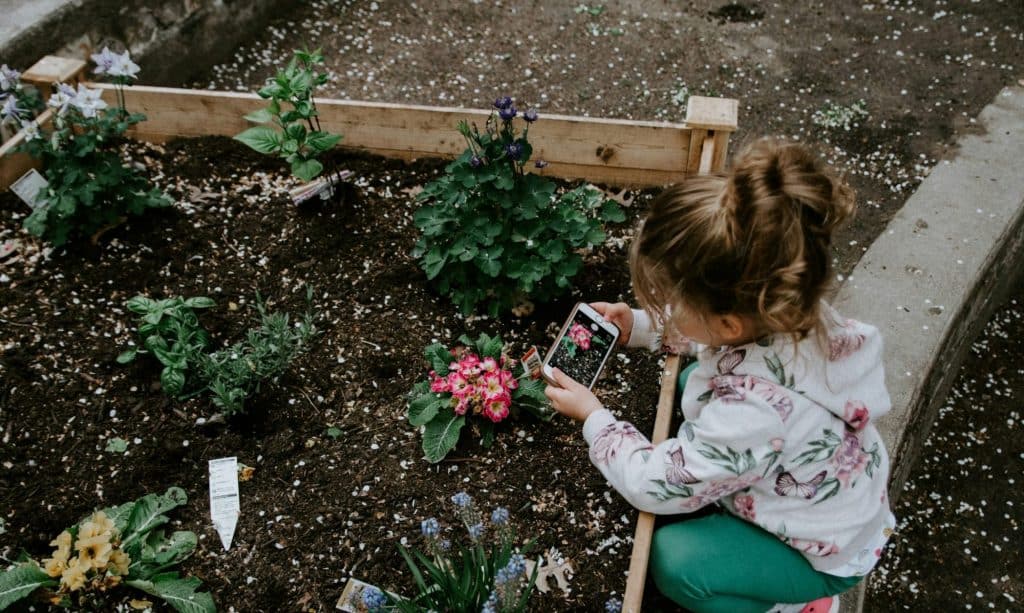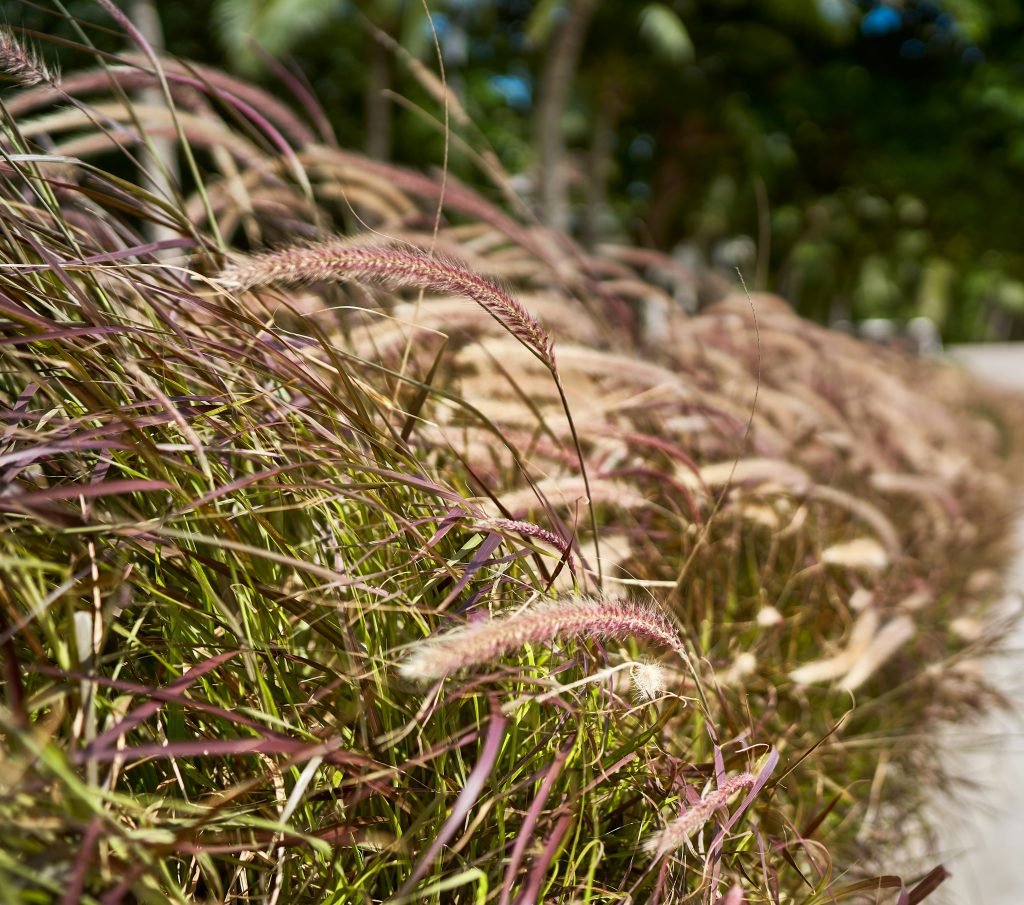5 Simple Ways to Create a Sensory-Friendly Garden for Kids with Autism
Creating a calming, sensory-friendly garden can offer immense benefits for children with autism. Learn five easy steps to transform your outdoor space into a peaceful haven that supports sensory needs.

Introduction
As parents of children with autism, creating a soothing environment can make a world of difference. A sensory-friendly garden offers a safe, calming outdoor space that allows children to connect with nature, regulate their emotions, and experience sensory stimulation in a controlled way. This guide provides easy, practical ideas to make your garden autism-friendly, starting with small, affordable changes you can make today.
Whether you’re looking to add soothing sounds, explore tactile elements, or just need a safe haven for you and your children to unwind, here are five simple tips to start your journey toward a sensory-friendly garden designed with autism and mental wellness in mind.
1. Focus on Soothing Sounds
Sound plays a powerful role in sensory-friendly environments, helping children feel calm and at ease. In a sensory-friendly garden, adding gentle sounds can encourage relaxation and reduce stress. It is important that sounds aren’t too loud, so the below ideas should work well.
Ideas for Calming Sounds in Your Garden:
- Wind Chimes: Choose wind chimes that produce soft, melodic tones. Hang them in areas with light breezes for continuous, calming sounds. Ensure that any design which could cause a health hazard are out of reach as high up as possible.
- Water Features: Small fountains or waterfalls create a gentle, flowing sound. They don’t need to be elaborate – even a simple water bowl with a pump can add a peaceful element. Just think safety first and ensure any water is extremely shallow or covered by strong netting.
- Rustling Plants: Plants like ornamental grasses sway in the wind and produce a gentle rustling sound, which can be soothing for many children. There are many varieties to suit all garden types and soils. Look out for my next blog on the top plant choices for sensory gardens.
By adding these simple sound elements, your garden can become a calming retreat that helps children focus and relax.

2. Incorporate Tactile Elements
Touch is another important sense to consider. In a sensory-friendly garden, various textures invite children to explore their environment safely, creating a rich sensory experience.
Suggestions for Tactile Elements:
- Soft Grass or Moss: Plant areas of soft grass or moss that children can walk on barefoot. The sensation of cool, soft ground can be very soothing. Just bear in mind that in wet conditions mosses can become slippy
- Smooth Stones or Pebbles: A small path or section with smooth stones or pebbles provides a textured area that is pleasant to touch.
- Sensory-Friendly Ground Coverings: Try using Play area bark chips which are not only good for the environment but feel great underfoot. Or smooth gravel for walkways. Or why not make small areas for kids to run their fingers through. Fill with play sand, river pebbles or textured tiles that can be purchased online.
These tactile elements encourage exploration, allowing children to interact with their environment in a controlled and safe way.

3. Add Calming Colours
Colour plays a significant role in setting the tone for a sensory-friendly space. Bold, bright colours can be overwhelming, while soft, natural hues help create a calm, inviting atmosphere.
Best Colours for a Sensory-Friendly Garden:
- Soft Greens and Blues: Plants with green foliage and blue flowers have a calming effect, promoting relaxation.
- Lavender and Light Purple: Lavender-colored plants add both visual appeal and a sense of calm without overstimulation.
- Muted Earth Tones: Opt for garden decor in earth tones, such as beige, taupe, or soft grey, to maintain a peaceful vibe.
By focusing on a calming colour palette, you create a harmonious space that’s visually relaxing for children with sensory sensitivities.
Always use None toxic Environmentally friendly water based paints.
4. Create a Cozy ‘Hideaway’ Nook
A sensory-friendly garden can benefit from a designated “safe space” where children can retreat and feel secure. This can be a small hideaway nook where they can take a break, read, or enjoy a moment of quiet.
Ideas for Cozy Hideaway Nooks:
- Shaded Bench: Place a small bench under a tree or canopy for a naturally shaded and cozy seating area.
- Small Tent or Teepee: A small pop-up tent or teepee provides a sense of enclosure, creating a space where a child can retreat.
- Cushioned Area: Use outdoor cushions or blankets in a corner where your child can comfortably sit and play.
Adding this kind of space helps create a sensory-friendly garden with an area designed specifically for peace and comfort, promoting a sense of safety and well-being.
5. Engage All Senses with Scented Plants
Fragrance is another sensory element that can have a calming effect on children. Scented plants in a sensory-friendly garden not only add beauty but also provide gentle, therapeutic scents.
Top Scented Plants for Autism-Friendly Gardens:
- Lavender: Known for its calming properties, lavender can help reduce stress and create a peaceful atmosphere.
- Chamomile: With a light, apple-like scent, chamomile can help children feel calm and relaxed.
- Rosemary: While stimulating, rosemary’s clean, herbal scent can be grounding and help improve focus.
These plants offer gentle, pleasing aromas that engage the senses, adding another calming layer to your autism-friendly garden.
Look out for my next blog, showcasing the top 10 plants for a calming garden environment.
Conclusion
Creating a sensory-friendly garden for kids with autism doesn’t have to be complicated. By starting with these five simple ideas, you can transform your outdoor space into a calming haven tailored to sensory needs. Whether it’s the gentle sound of wind chimes, the soft texture of moss, or the calming scent of lavender, each element plays a part in crafting a garden that supports well-being.
Looking for more tips on creating autism-friendly environments? Subscribe to Minds in Bloom for practical advice, product recommendations, and ideas on how to make nature a peaceful, sensory-friendly part of your life.